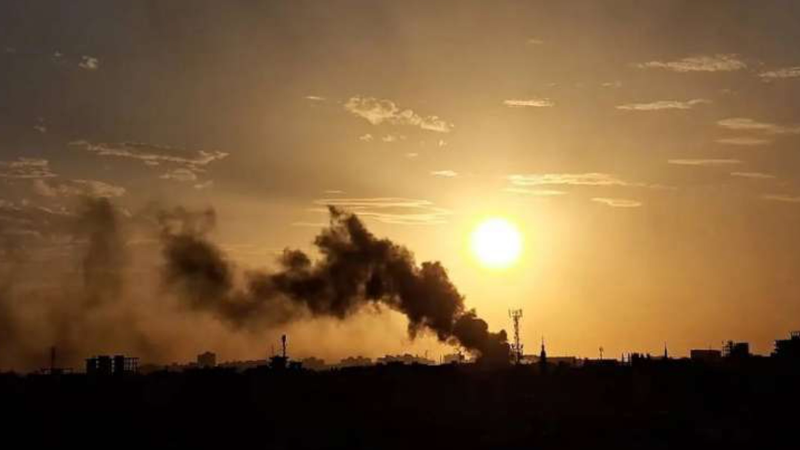Researchers at Flinders University in South Australia are turning heads with a green breakthrough that uses native filamentous algae to recycle wastewater in drought-stricken rural regions. The enhanced high-rate algal pond (HRAP) systems, complete with low-energy paddlewheels, circulate water through channels where microalgae and bacteria work together to remove contaminants. This means faster, more efficient wastewater treatment and improved water quality for non-potable uses like irrigation.
Flinders University PhD researcher Sam Butterworth explains, "Algae-bacterial granule formation is a positive way for biofilms to form dense, fast-settling biomass and improve treated wastewater quality." This innovative approach not only simplifies the removal of solids but also offers a low-cost and energy-efficient alternative to traditional sewage treatment methods.
Local councils are already adopting these HRAP systems, and advanced sequencing batch reactor technology is being trialed at a South Australian wastewater treatment plant. This method optimizes biological processes without major new investments, making it a promising solution for communities grappling with water shortages.
By transforming wastewater into a valuable resource, this breakthrough is a testament to how creative science can address pressing environmental challenges. It’s like turning trash into treasure – a win for both the planet and the people living in drought-hit areas! 🌱💧
Reference(s):
Researchers use algae to recycle wastewater in drought-hit regions
cgtn.com




